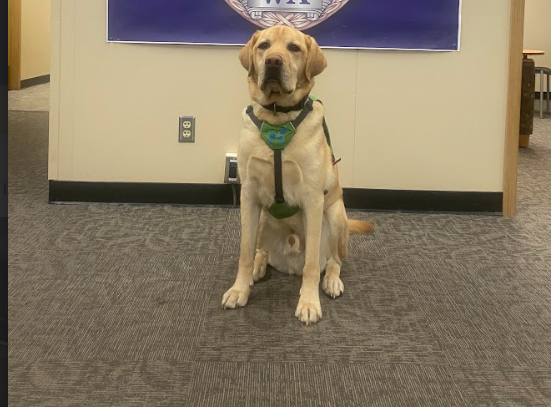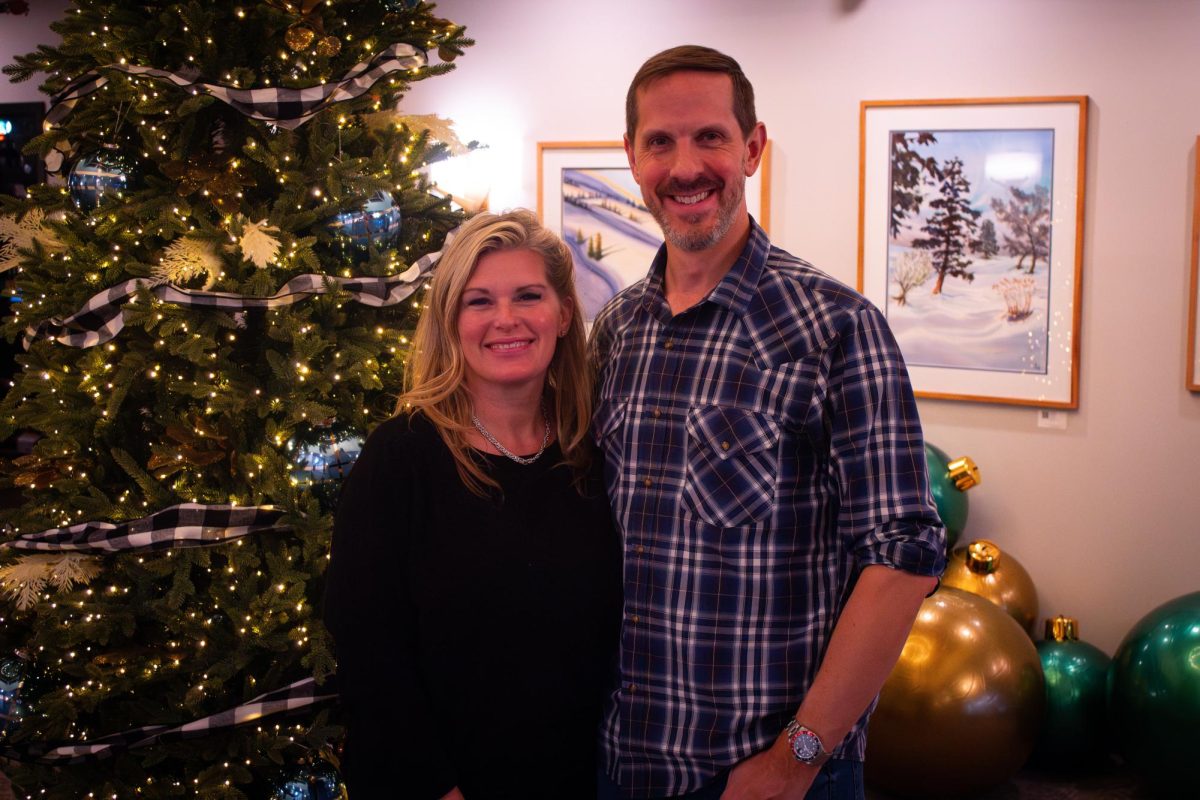By Margaux Massey, staff reporter
On the surface, body modifications can be a terrifying concept. Getting stabbed with a needle by a stranger does not sound appealing, but if the right artist or piercer is found, the whole experience changes.
Ellensburg has two places which offer these modifications: Third Eye Tattoo and Piercing on Third Avenue and Ace & Body Piercing on Main Street.
“Do the homework, know what you’re getting into,” Spencer Kibbel, piercer at Third Eye, said. “If you have any questions, before the piercing is the best time to ask.”
When choosing a shop, the first thing to do is to make sure the shop has the proper certifications. As of July 2010, it is required for all body modification shops in Washington to be licensed. Both of the Ellensburg shops are licensed by the city and the state, as well as having each individual artist or piercer.
“If you’re not licensed, you will get fined and your shop will get shut down,” Ben Reames, the owner of Third Eye, said.
Both shops use an autoclave, which sterilizes the equipment by subjecting it to high pressure steam, coupled with a cleaning solution to make sure each new modification is done in the cleanest way possible. Each instrument used in the process and the jewelry is bagged separately and none of them are touched by ungloved hands. The needles are used only one time and come presterilized in individual packages from the manufacturer.
Piercers at both shops agree the best material to use in piercings is implant-grade surgical steel, but they will use titanium for people who are more sensitive to metals.
“It’s very important what the material is,” Kelly Parke, owner of Ace, said. “It can affect the healing and your overall experience with your piercing.” She also said that silver is the worst metal you can use in a piercing because it can oxidize when mixed with body fluids and leave a permanent black spot on the skin.
Meagan Youngers, junior graphic design major at Central Washington University, had an experience with improper material used in a piercing which resulted in an infection.
“When I first got my nose pierced, they used a stud that held the gemstone on with prongs,” Youngers said. The prongs on the jewelry trapped bacteria and made it difficult to clean. Because of this, her new piercing became infected; however there was a quick solution:
“I went back in and they changed it to a titanium hoop and [the infection] cleared up right away,” Youngers said.
Another thing both piercers agreed on is that no person should ever be pierced with a piercing gun. Not only is the piercing gun made of plastic and unable to be sterilized, it doesn’t take out a small piece of skin like the needle would. Instead, the gun forces a stud that isn’t sharp enough through the ear.
“You end up with more skin trauma from a gun,” Kibbel said.
After someone has found the shop they want to go to and have determined its cleanliness, there are only a few more things to do before the piercing.
“You need to eat within two hours of getting pierced,” Parke said. She also said there should be next to no alcohol in your system, as will thin the blood and cause more unnecessary bleeding. Kibbel added that you should also drink a lot of water beforehand.
After the piercing is done, it is up to the person getting it done. Kibbel says he recommends saline soaks, while Parke refers to the Association of Professional Piercers website, where their aftercare is the same, with the addition of gently soaping up the piercing once a day. Both piercers say to stay away from peroxide, rubbing alcohol and the piercing solutions you would get from a mall kiosk because all of those will dry out the piercing.
“Get pierced professionally in a sterile environment and don’t use piercing guns,” Kibbel said.







